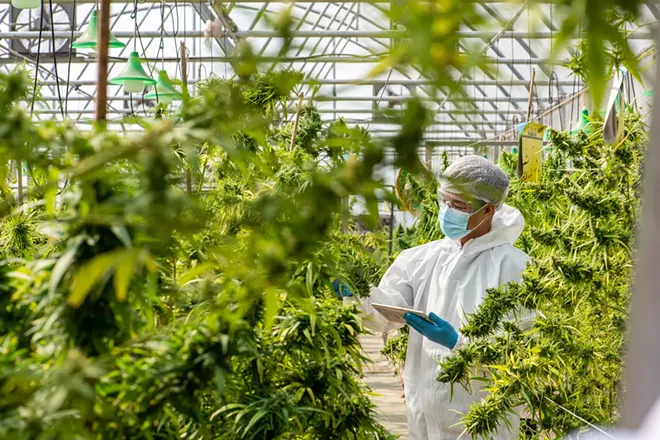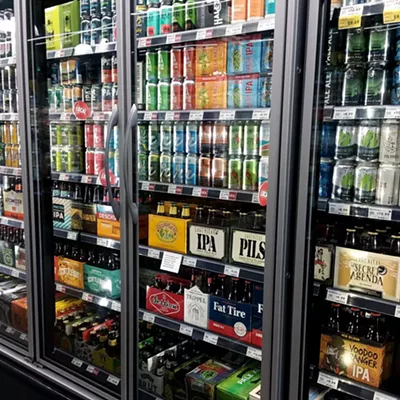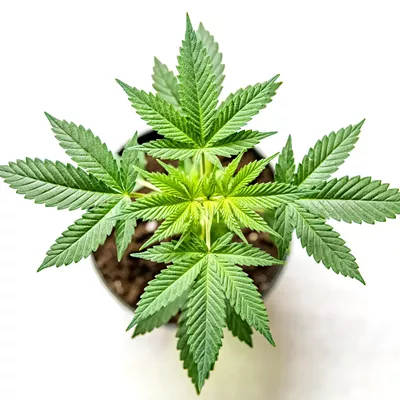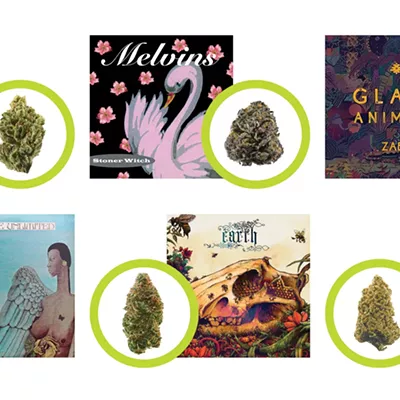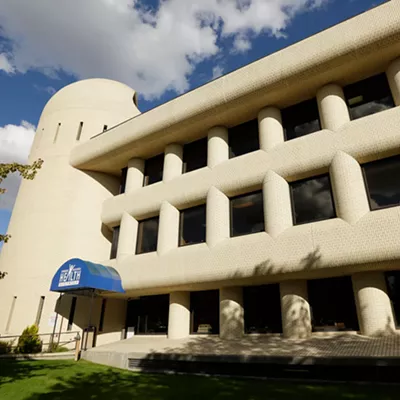While medical marijuana laws have existed in multiple states across the country since the mid-1990s, it's been less than a decade since the first legal recreational sales started, in Washington state and Colorado. Despite an increasing amount of research, and some meaningful insights on medical marijuana, some big questions remain about the public health impacts of legal recreational weed, according to a new research review.
In a paper published in March in the Journal of Economic Literature, D. Mark Anderson, a professor of economics at Montana State University, and his co-author Daniel I. Rees looked at dozens of studies on both medical and recreational marijuana legalization.
After making sure the studies they included drew statistically meaningful comparisons, they were able to make some conclusions about the impacts of medical marijuana. Among other things, they found there's little to no evidence that legal medical cannabis increases teen use, and it appears that young adults consume less alcohol when medical marijuana is available.
However, it's less clear what's happened since 21 states, as well as Washington, D.C., have legalized recreational cannabis.
Here are three major areas that could use more study.
YOUTH USE
If you head to Google Scholar and look for academic studies on youth marijuana use after recreational legalization, you'll find a lot of information, but few conclusions, Anderson says.
"For every paper that you find that suggests there's an increase in use, you can find one that suggests there's a decrease in use, and one that suggests no effect," Anderson says. "I think public health officials are rightly concerned about this particular outcome, maybe more so than the other outcomes we might think about."
Anderson says that data sets covering multiple years are more reliable when looking for trends, and the best research uses statistical models that ensure findings are actually related to the law change, and not some other cultural shift or cause.
"Up to this point, our conclusion is that definitely, with medical marijuana laws, there's very little evidence of an effect on teens. There's similarly little evidence of an effect on teens in the wake of recreational legalization," Anderson says, with the caveat that there's still limited data. "It's one of those areas where it would be nice to see researchers continuing to update their estimates."
WEED NOT (OTHER) DRUGS
Another interesting area is looking at whether marijuana is a substitute for other substances like alcohol or opioids, Anderson says. If legal cannabis tends to be swapped out for alcohol or opioids, it could have positive public health effects, whereas if it only complements other substance use there may be negative effects.
"Trying to pin that down is really important," Anderson says. "Is it having a desirable effect on the use of other substances, or a costly effect?"
Using data from 1999 to 2010, one study cited in Anderson's article found an 18 percent reduction in opioid-related deaths in states with medical marijuana laws. However, another study that expanded on that work and looked at 2011 to 2017 found an increase in opioid-related deaths, which could be due to the changing nature of the opioid epidemic.
"Perhaps marijuana and prescription pain medications are substitutes, but marijuana and heroin are not," Anderson and Rees write.
The fentanyl crisis has also since overwhelmed heroin as the more popular opioid, and it's far more deadly, so there's more research to be done.
By contrast, there is some evidence that marijuana is sometimes used instead of alcohol, with one study showing a 15 percent drop in alcohol sales in Washington state after recreational weed was legalized.
TRAFFIC ACCIDENTS & CRIME
While many economists are interested in crime data related to weed legalization, Anderson says he'd like to see even more research on traffic accidents.
"For me, I think it's traffic fatalities — that's the third outcome I'd list," Anderson says, "because it's such a leading cause of death."
Multiple studies found little to no evidence of an impact on traffic fatalities after recreational legalization, but more data is needed to know the long-term impact. Some legal weed states saw increases in traffic fatalities during the time period studied, but the trend wasn't different from control states where weed was illegal.
Looking at crime related to dispensary locations is also intriguing. At least one study found that after hundreds of medical dispensaries closed in Los Angeles, property crime rates went up. But that was similar to the impacts seen when restaurants close, Anderson says, suggesting dispensaries may offer a similar "eyes on the street" effect in the neighborhoods they're in. ♦

